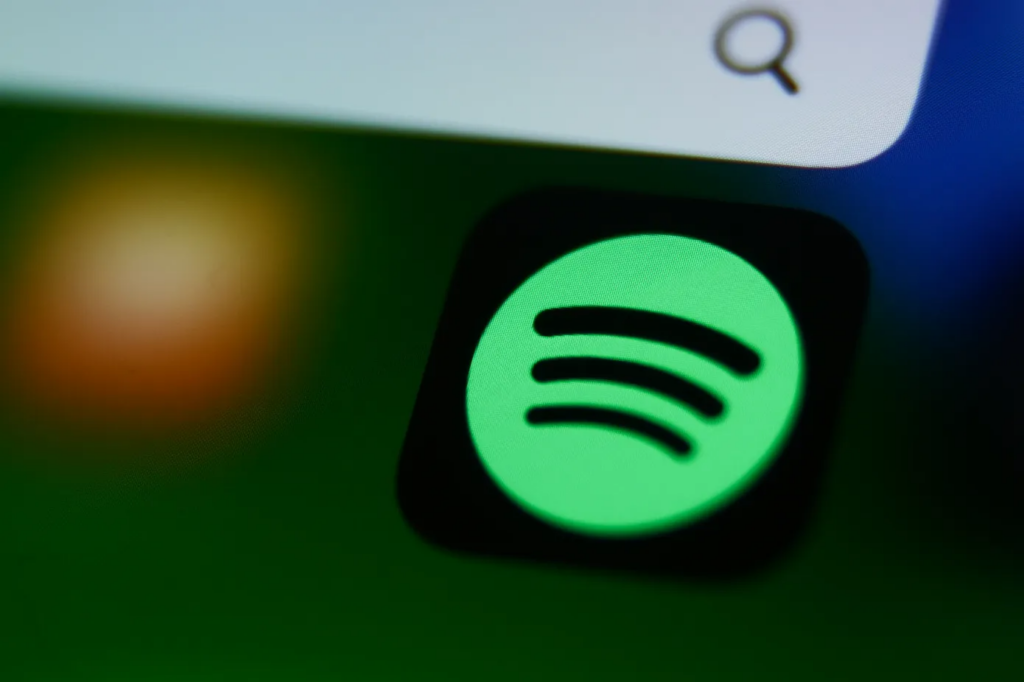Introduction:
On Tuesday, Spotify announced its commitment to allocate up to $1 billion in royalties to emerging and established musicians over five years. This move involves elevating the minimum payment threshold for music streaming on the platform, tackling streaming fraud, and adjusting the royalty framework to increase earnings for renowned musicians and record labels.
According to the corporation, the new policy will better distribute tiny revenues that aren’t reaching artists, discourage fake streaming, and take tough measures against individuals who try to manipulate the system by using noise.
“Although these problems only affect a minor portion of overall streams, by tackling them now, we can allocate an extra $1 billion in earnings to both professional and emerging artists over the next five years,” Spotify stated in a blog post.
Under the new minimum payment standards, tracks must accumulate a minimum of 1,000 streams within the preceding 12 months to be eligible for royalties, a criterion slated to come into effect the subsequent year. The company asserts that there won’t be any alteration in the overall size of the music royalty pool disbursed to rights holders by Spotify.
Instead, the tens of millions of dollars allocated annually will be utilized to boost payments for all qualifying tracks, foregoing the dispersion into $0.03 payments. Additionally, the company clarifies that there won’t be any increase in its revenue under this model.
According to Spotify’s data, the platform accommodates over 100 million recordings, and among these, tens of millions have accumulated between one to one thousand streams in the last year, leading to an average monthly income of $0.03.
Spotify notes that “this money often doesn’t reach the uploaders since labels and distributors require a minimum amount to withdraw (typically $2-$50 every withdrawal) and banks charge a fee for the transaction (usually $1-$20 per withdrawal). Furthermore, people frequently overlook these modest payments. However, the total of these Business little amounts that have been ignored has come to $40 million annually, which might be used to boost the compensation given to musicians who rely most on streaming income.
According to the corporation, tracks with at least 1,000 yearly streams account for 99.5% of all streams; as a result of this policy, each of those tracks will receive a higher payout.
Spotify Says its Upcoming Royalty Model Changes:

Spotify Says its Upcoming Royalty Model Changes [Source of Image: Techcrunch.com]
Spotify thinks that the regulation will remove one way that users try to manipulate the system or cover up fake streaming since uploaders will no longer be able to “generate pennies from an extremely high volume of tracks”.
Spotify will begin charging labels and distributors per track when fake streaming is found on their content starting next year to discourage it. While Spotify can combat fake streaming after it happens on the network, it hopes that this modification would discourage users from ever sharing such material in the first place.
To penalize users who try to “game the system with noise,” Spotify will raise the requirement for functional noise recordings—such as white noise and natural sounds—must have a minimum track duration of two minutes to be eligible for royalties. Spotify claims that while users frequently stream this kind of content for hours at a time, bad actors may take advantage of this by purposefully shortening their tracks to increase the number of royalties-earning streams.
According to Spotify, “a typical song is a few minutes long.” To receive excessive compensation, some dishonest people trim whale sound clips to 30 seconds and arrange them in a playlist in a row without the listeners’ knowledge. Noise recordings are evaluated similarly to music recordings, regardless of track length. For noise uploaders, the enormous expansion of the royalty pool has opened up income opportunities much over what they have contributed to listeners.
Spotify thinks that by imposing a minimum track duration, the revenue from this kind of content would be significantly reduced, which will free up additional funds that will be reinvested in the royalties for dedicated artists.
My name is Sai Sandhya, and I work as a senior SEO strategist for the content writing team. I enjoy creating case studies, articles on startups, and listicles.
